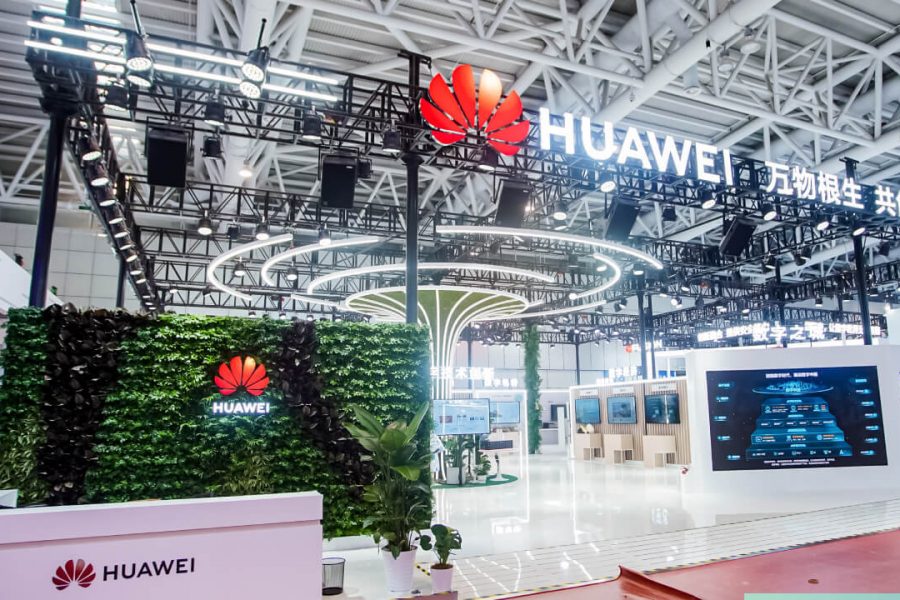ESG filings show us what vendors don’t want us to know
Reputation and social license count for a lot these days, as the proprietor and shareholders of Tesla are now learning.
More than 90% of S&P 500 companies now publish ESG (environmental, social and governance) reports in some form, according to a McKinsey analysis.
There is some blowback against ESG, but it’s mostly political and is certainly not coming from business. Inflows into sustainable funds rose from $5 billion in 2018, to nearly $70 billion in 2021 and $87 billion in the first quarter of 2022.
ESG offers a methodology for dealing with externalities, which is economist-speak for problems that businesses create, like air pollution and greenhouse gases, that can’t be solved by regular market competition.
As it happens Huawei has just won a national award from the Sina group as China’s “Most Socially Responsible Enterprise” for 2022.
It is a mystery as to why; Sina does not trouble with a citation, let alone an explanation of the methodology.
Which is a pity because there are actual metrics for tracking corporate social responsibility and Huawei itself applies them in its annual sustainability report. More on this later.
But first let us visit Huawei’s latest contribution to ESG literature, a white paper on “Huawei’s approach to fairness, equity and opportunity,” which dropped last month.
How not to do ESG
The white paper is something of a landmark in its own way. It should be required reading for all ESG managers in demonstrating how not to report on ESG.
Tellingly, no one at Huawei was willing to put their name to it. The document has been signed off by an anonymous “executive sponsor.”
To read the complete article, visit Light Reading.

















